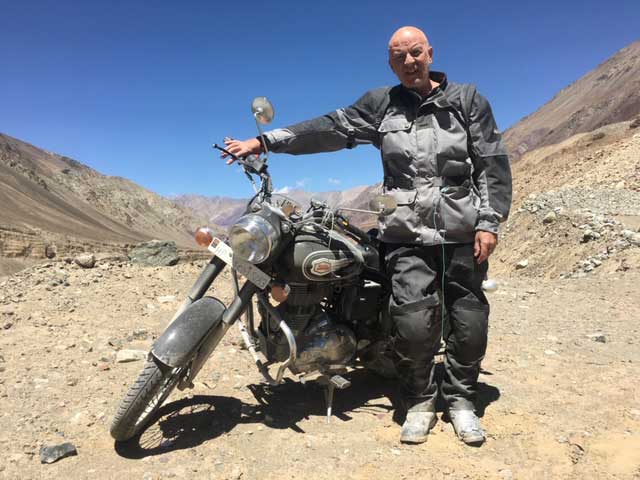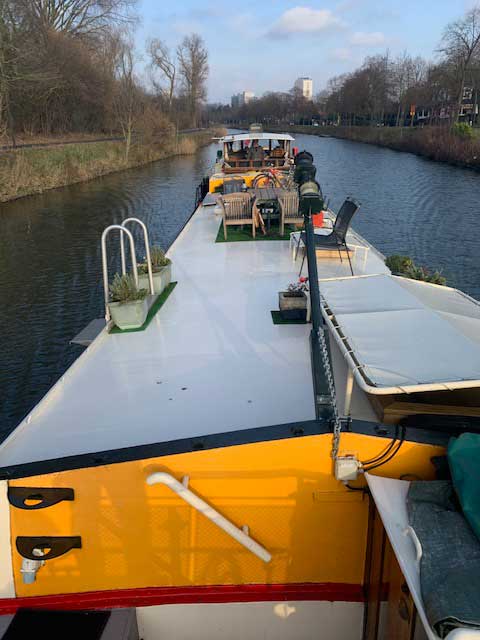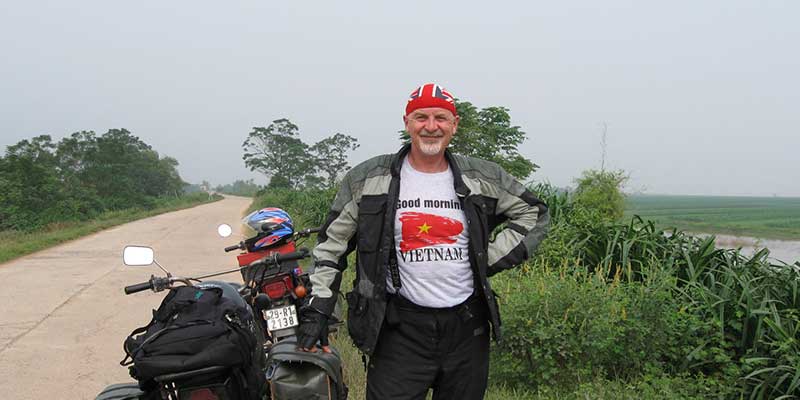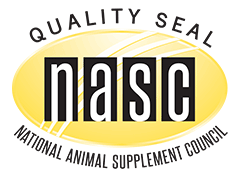Horse Health
10 Questions with Nick: Get to Know Nick Hartog, CEO and chief horse advocate of Grand Meadows
You watch Nick’s videos on horse supplements and horse health. You read Nick’s blogs about horse health and wellness. You read Nick’s monthly newsletter where he updates you on the latest.
But how much do you really know about Nick? We sat down with Nick to find out more about the man behind the crazy shirts and learn what drives his passion for horse health and wellness.
We hope you enjoy this Q & A with Nick. Thank you, Nick, for making the time to answer our questions.
P.S. If we missed a question, please comment on Facebook, Instagram, or Twitter and we’ll follow up with Nick.
Q. How did you get involved with the horse industry?
Nick: I was selling real estate in California back in 1992 in a very depressed market and one of my clients, Jheri Redding founder of Nexxus and Redken hair products had developed a line of horse shampoos and conditioners and he offered me the job of launching the brand, Rio Vista, on the East Coast.
Q. Can you give us a snapshot of your day-to-day? What does a typical day look like for you?
Nick: Our day at Grand Meadows starts at 7:30 and I will often have a quick call to Europe first thing to reach people before their working day ends. I have a quick meeting in the warehouse with my Operations Manager to decide what the production priorities are for the day.
One of the things I love about my job is the wide range of tasks I have. Right now, we are working on the importation of a brand-new joint support product so all the packaging, design, freight management, customs issues and at the same time we are working on a major new initiative in China, so we are getting our brochures/labels translated into Chinese. At the same time, I’m reaching out to customers who have contacted me with questions, looking at the financials – and the list goes on.
Q. What gets you excited about horse health and wellness?
Nick: The part of my job that I love the most is speaking to horse owners after they have used one of our products and have seen significant improvement in their horse. The idea that we can help horses that are really struggling, for whatever reason, with a dietary supplement versus giving the horse drugs is hugely rewarding for me.
Q. You are passionate about the science and safety of horse supplements. What drives this and compels you to be an advocate?
Nick: Back in 1999 I tested 32 joint supplements to see if they matched the label claim and I was amazed when the results came back showing that only 2 of them contained what was listed on the label.
The stark realization that there were no barriers to market entry, and you could basically mix stuff up in a bathtub, slap a label on it and sell it in a shop, with no government oversight, was a huge wakeup call.
The animal health supplement industry was basically akin to the Wild West! I was angry and frustrated that I was having to compete in the marketplace with companies that had no manufacturing accountability, labels that were a mystery, and apparently a wholesale disregard for ethics in any way, shape, or form.
The idea that horse owners, and more importantly their horses, were being misled by a majority of the companies in the industry, drove me to do something about that.
Q. What advice do you have for someone interested in the horse health/supplement industry?
Nick: From a business standpoint I would look for something unique to bring to the marketplace rather than another version of other products. My main goal in the launch of any new products over the years has been to offer something really different that stands alone.
If you are looking to work with an existing company, the first requirement would be that the company is a fully audited NASC member which establishes the company as one of the “good ones”.
Q. Can you talk about the NASC so that the everyday horse owner understands its importance?
Nick: Since its inception in 2001, the goals of the NASC have been two key elements:
- To establish effective working relationships with regulatory agencies on a state and federal level. For example, we now have an excellent working relationship with FDA-CVM (Centre for Veterinary Medicine) because we told them we were going to bring manufacturing accountability, label transparency, and product safety issues as the core constituents of our mission.
- The second element has been a continuous process of elevating the standards required of membership. Every two years, NASC members are subjected to a comprehensive independent audit which they must pass in order to be able to display the NASC seal on their packaging, website, and marketing materials.
Since the implementation of the Food Safety Modernization Act (FSMA) there have been a number of new requirements introduced at a federal level to ensure the safety of the food chain and animal feed products and we have worked closely with FDA-CVM to implement new standards particularly in raw material tracing.
We were heavily involved with the introduction of CBD products for example and FDA-CVM was reaching out to us throughout that process for our input which is a real testament to the legitimacy that we have fostered and developed with the regulatory agencies.
Ultimately the NASC seal is a valuable tool for consumers to have confidence that the manufacturer displaying the seal is operating under strict policies to ensure safe and effective products for their animals.
Q. What are some of the changes/innovation in the horse supplement industry that you didn’t predict or see coming? What do you predict will be next in terms of innovation in horse healthcare and wellness?
Nick: I was completely taken by surprise at the rapid growth in sales of liquid joint supplements a few years ago. Within a matter of months virtually every manufacturer in the equine supplement space had a liquid joint supplement.
Grand Meadows refused to jump on this bandwagon as there were and are serious questions about the shelf stability and dosage accuracy of those products. We suffered significant loss of sales during that period, but I am proud that we took the position that we did and now there are only a couple of liquid joint supplements still available as everybody eventually figured out they were problematic for a variety of reasons.
I hope that the biggest trend that is already starting to happen will be a rapid slowdown in the widespread use of grain as a fundamental part of a horse’s diet. I strongly believe that this dynamic is largely responsible for the systemic gastrointestinal problems that performance horses suffer from ulcers to colic as horses never evolved to eat grain. The use of fat instead of grain as a source of calories will, I hope, become more widespread and we will see a significant decrease in these GI problems as a result.
Q. What is the number one thing you want horse owners to understand about horse health and wellness?
Nick: More is not better. I see so many people going crazy with supplements, sometimes feeding 5 or 6 or more different supplements every day to one horse, none of which were designed to be fed together, certainly wasting money but more importantly upsetting important mineral ratios which can result in significant problems over time.
Q. What is something about you that people would be surprised to learn?
Nick: I do not own horses but focus more on “iron” horses and have 3 motorcycles and have done some quite exotic motorcycle journeys, riding in the Himalayas and in North Vietnam for example in recent years.

During the Pandemic my motorcycles have been the best tool to try to get away and smell the roses as it were.
Q. Many North Americans might not be super familiar with canal boats. Can you tell us about your boat and your boating plans?
Nick: In January of this year Grand Meadows purchased a 29.5m converted Dutch barge to serve as a wandering office in Europe. Our barge was constructed in 1915 and used to carry goods on the European canal and river network.

Over the last 30 years or so many of these beautiful old barges have been converted into large floating homes and you can travel all over Western Europe and even as far East as Istanbul. We wanted to start attending key horse shows in Europe and to also be able to use the barge as a corporate entertainment vehicle for sponsored riders and friends to enjoy.
Our plan is to operate the barge for 2 weeks out of every 6 weeks during the season and we hope the barge will become a recognizable fixture as we slowly move through the European circuit. The barge sleeps nine people, has four bathrooms and is beautifully furnished by the previous owners.
Thanks again Nick for answering our questions. And many thanks for being such a huge advocate for horse health, wellness, and safe horse supplements.


